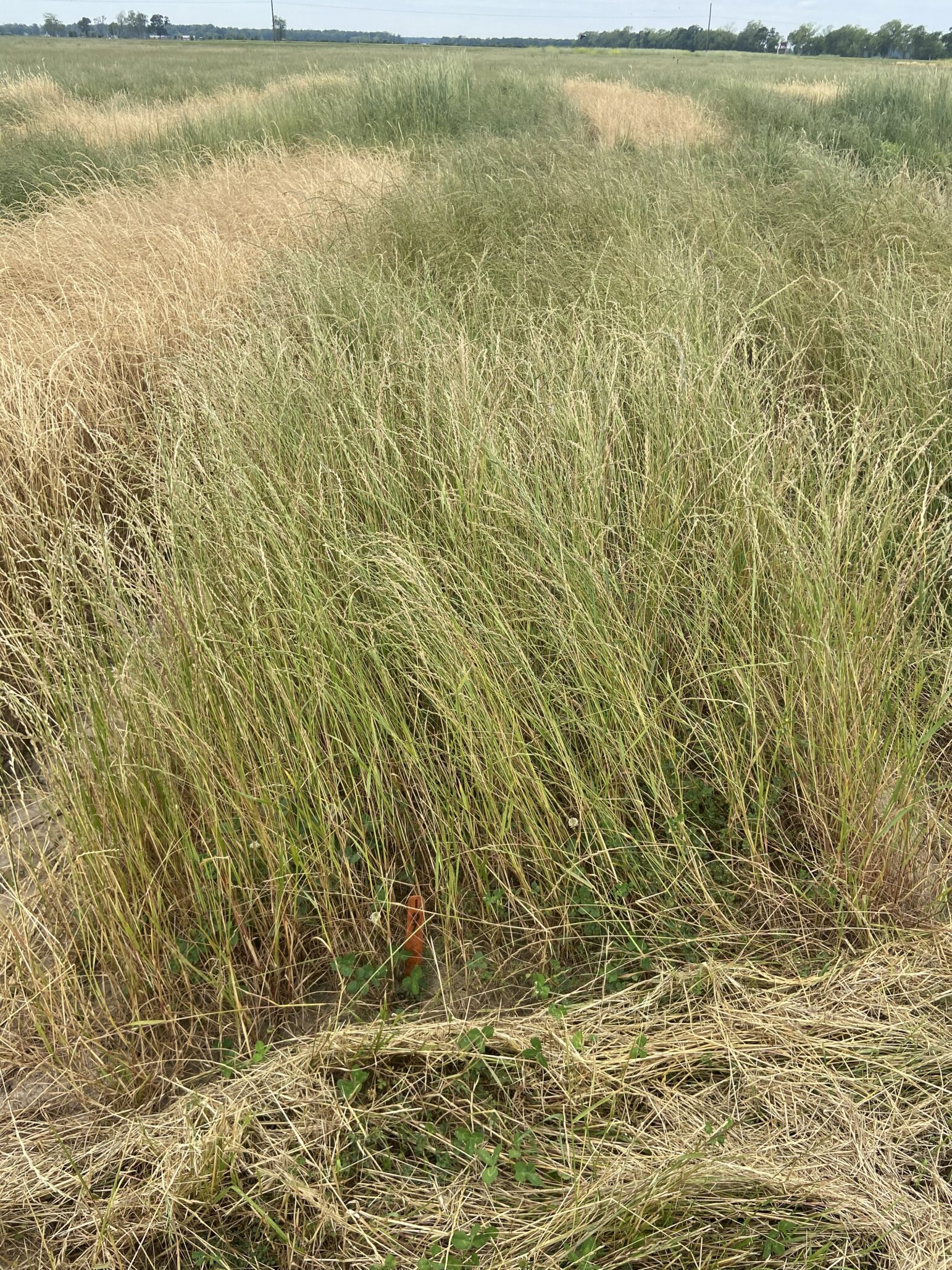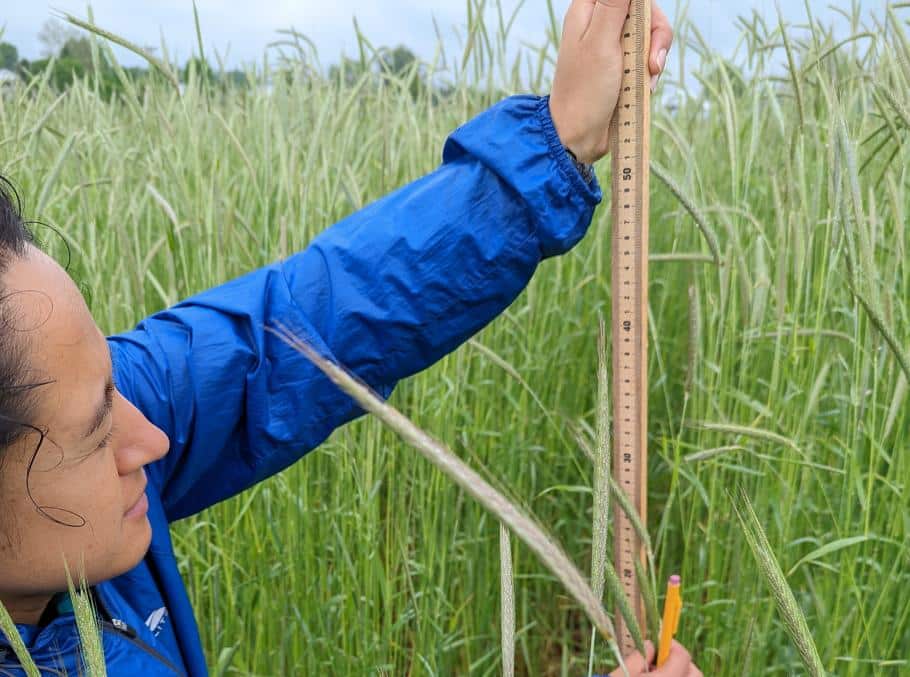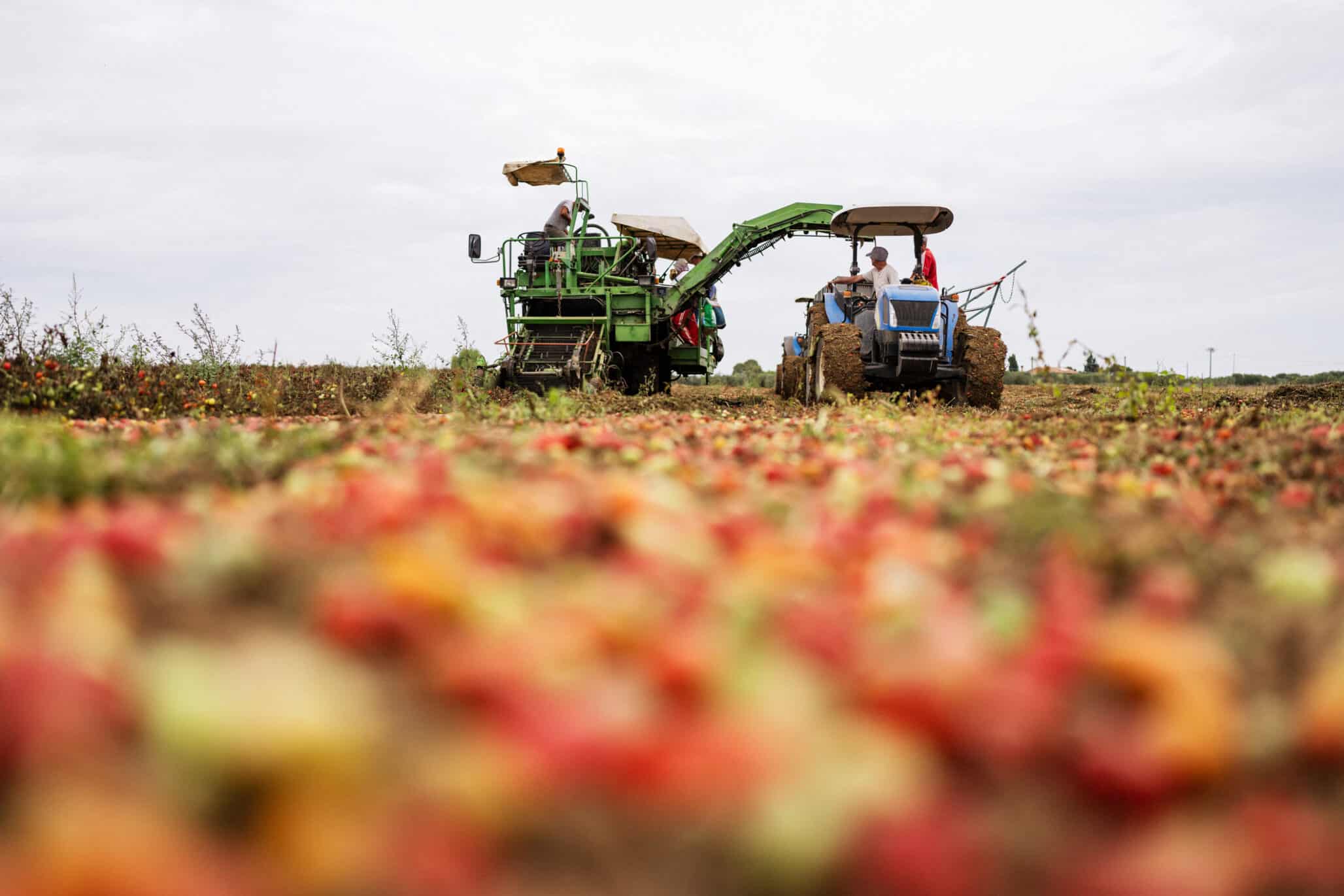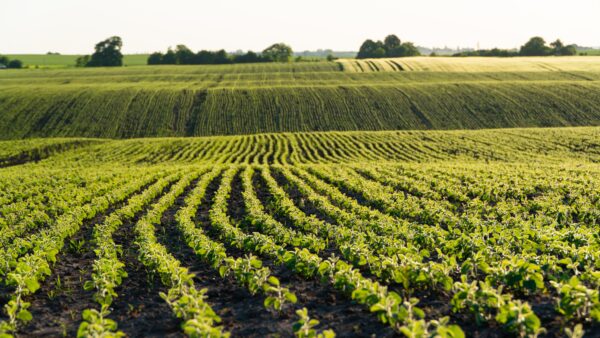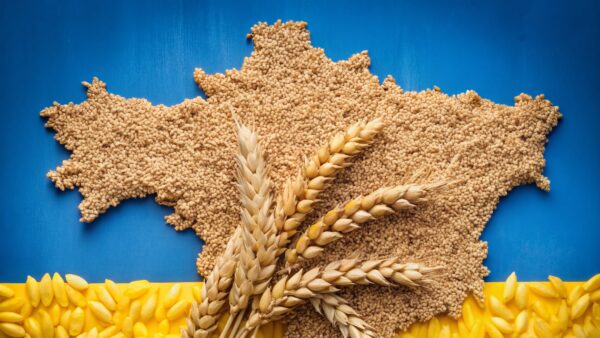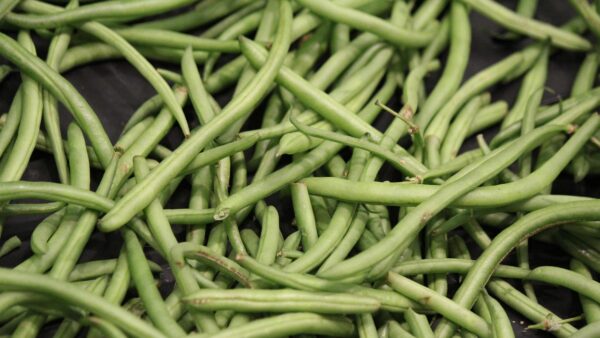Researchers explore dual benefits of higher cereal rye seeding rate.
Farmers have long known the value of cover crops in enhancing soil health. Planted during the off-season when fields are otherwise bare, these crops help prevent erosion, enrich soil nutrients and break up compacted areas. But now, researchers are discovering that cover crops might offer another crucial benefit: keeping tough-to-control weeds at bay.
Donnie Miller, a weed scientist at the LSU AgCenter Northeast Research Station in St. Joseph, has been experimenting with this approach, detailed in a LSU news release. He’s found that a combination of fall-applied residual herbicides and cereal rye—a common cover crop—can significantly suppress the troublesome Italian ryegrass, a weed that has become increasingly problematic for Louisiana farmers. At a recent field day, Miller shared his findings.
“In 2019 and 2020, we saw a tremendous burst in the population of Italian ryegrass. I don’t think you could ride by a roadside, a highway, a fencerow where you didn’t have Italian ryegrass,” Miller said in the release. “And it seems like every year since then, we’ve increased that population.”
The spread of Italian ryegrass is particularly concerning as it has developed resistance to many postemergence herbicides, including glyphosate, clethodim, and paraquat. The weed often infiltrates fields from the edges, with farm equipment inadvertently aiding its spread.
Miller emphasized the importance of controlling field-edge infestations to prevent more extensive outbreaks, likening it to a boxing match: “You never want your opponent to get off the mat.”
However, for farmers already dealing with Italian ryegrass, Miller’s research offers a glimmer of hope. He has identified several fall-applied soil residual herbicides that effectively control the weed, and his cover crop trials have shown promising results. Cereal rye, in particular, seems to compete well with Italian ryegrass, reducing its ability to produce tillers and seedheads.
“The ryegrass tiller number in spring of 2024 was reduced 43% with only cereal rye planted in fall at an 80-pounds-per-acre seeding rate and reduced 50% with only S-metolachlor applied in the fall at 1.33 pints,” Miller said. “The combination of the two, however, resulted in a 95% reduction by spring of 2024.”
He further noted that the combination of cereal rye and herbicide was particularly effective, reducing seedhead production by 93%. However, the timing of herbicide application is critical, as both the cover crop and Italian ryegrass often emerge simultaneously.
In his experiments, Miller used a higher seeding rate of cereal rye—80 pounds per acre—compared to the typical 40 to 60 pounds per acre used by most farmers. “We think we need to go a little bit higher to help us compete with that Italian ryegrass,” he explained.
Miller’s research suggests that a well-planned, two-year program could significantly reduce Italian ryegrass populations, as the seeds remain viable in the soil for about 18 months. And as an added bonus, farmers using this strategy can also enjoy the soil health benefits associated with cover crops.
“We’ve found a good marriage that producers can use that also fits into some conservation programs,” Miller said. “It’s good weed science. It’s good for the soil all around.”


